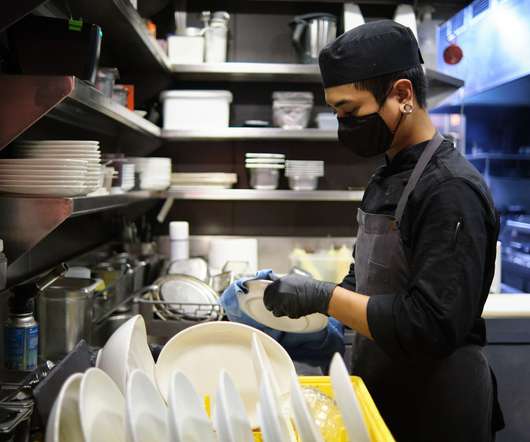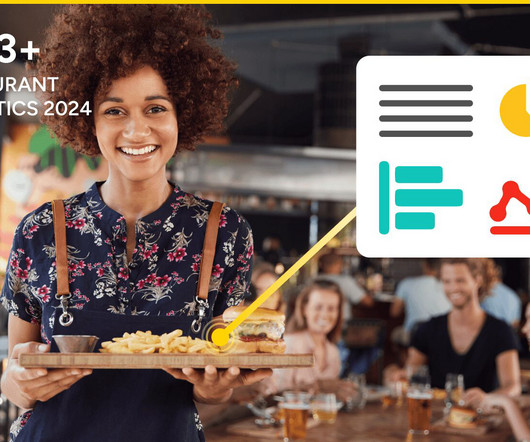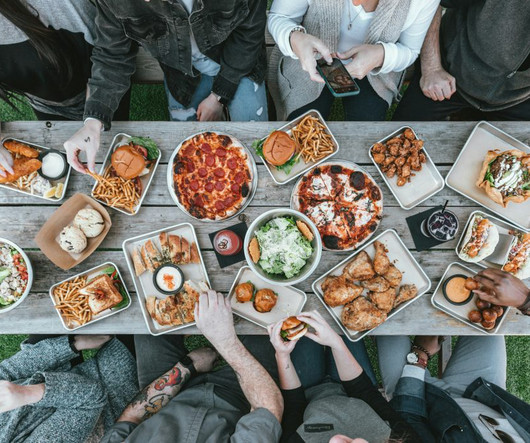Four Ways to Streamline Reopening Procedures for Restaurants
Modern Restaurant Management
JUNE 8, 2020
Common sanitation precautions being taken include lowered occupancy limits, mask requirements, and in-house social distancing. Update existing policies to accommodate: Social distancing. Employee well-being. All of these policies should be clearly documented, and all employees should be required to read and sign-off on them.




























Let's personalize your content